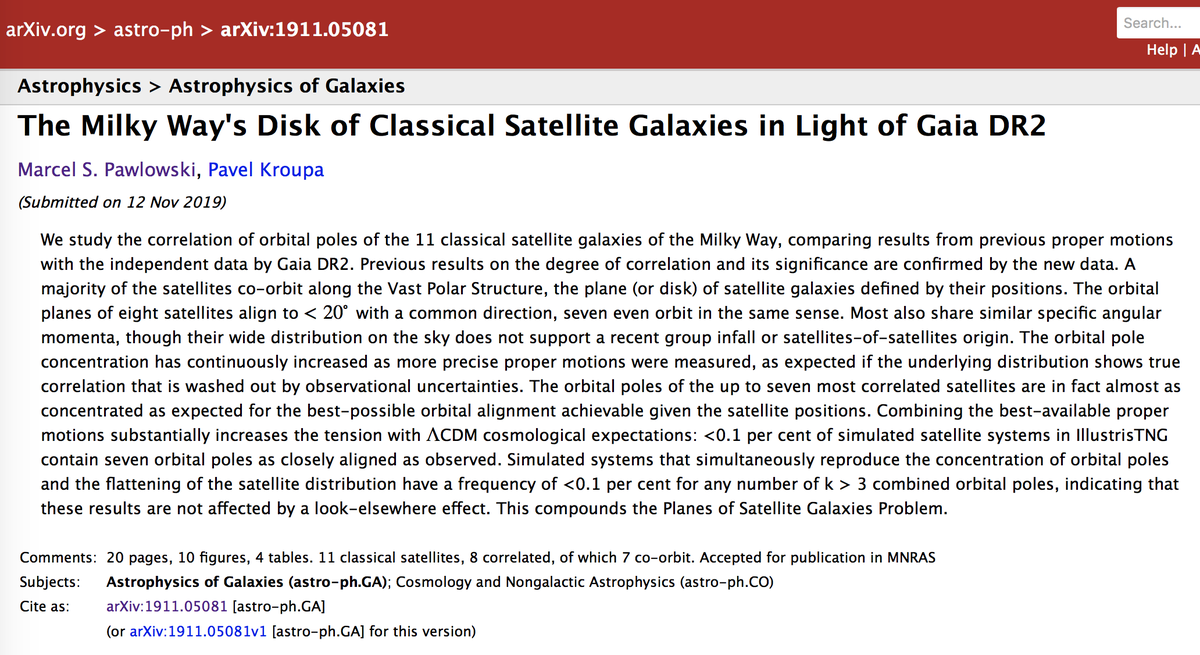After three days of #MONDat40 in the UK, I'm ready for some MONDy Python: Modified Newtonian Dynamics according to Monty Python memes.
Bringing up MOND at a cosmology conference.
When Skordis published his CMB fit.
When MOND is brought up at a cosmology conference.
When the dynamics of a satellite galaxy don't follow the MOND prediction.
When someone brings up the problems MOND faces in galaxy clusters.
'The Bullet Cluster collision velocity is too high for LCDM, but consistent with MOND'
Failing to get funding for MOND research.
Why should bother to think about MOND, according to the audience at #MONDat40.
People working on LCDM, according to some MOND supporters.
People working on MOND, according to some cosmologist.
Another publication falsifying MOND that misses to consider something essential, like the External Field Effect.
What someone working on large-scale cosmology typically thinks of the vitality of MOND.
Trying to make up your mind on the LCDM vs. MOND question.
Realizing that not everyone spends all their day discussing the benefits and problems of dark matter or MOND.
You all, after scrolling through this thread.
When someone working on MOND presents a test that seems to show that some core principle like the external field effect does not apply.
When someone claims to have falsified a theory at 16 sigma.
The majority of participants at conference discussion sessions, where only three people actually discuss with each other.
• • •
Missing some Tweet in this thread? You can try to
force a refresh

 Read on Twitter
Read on Twitter

















